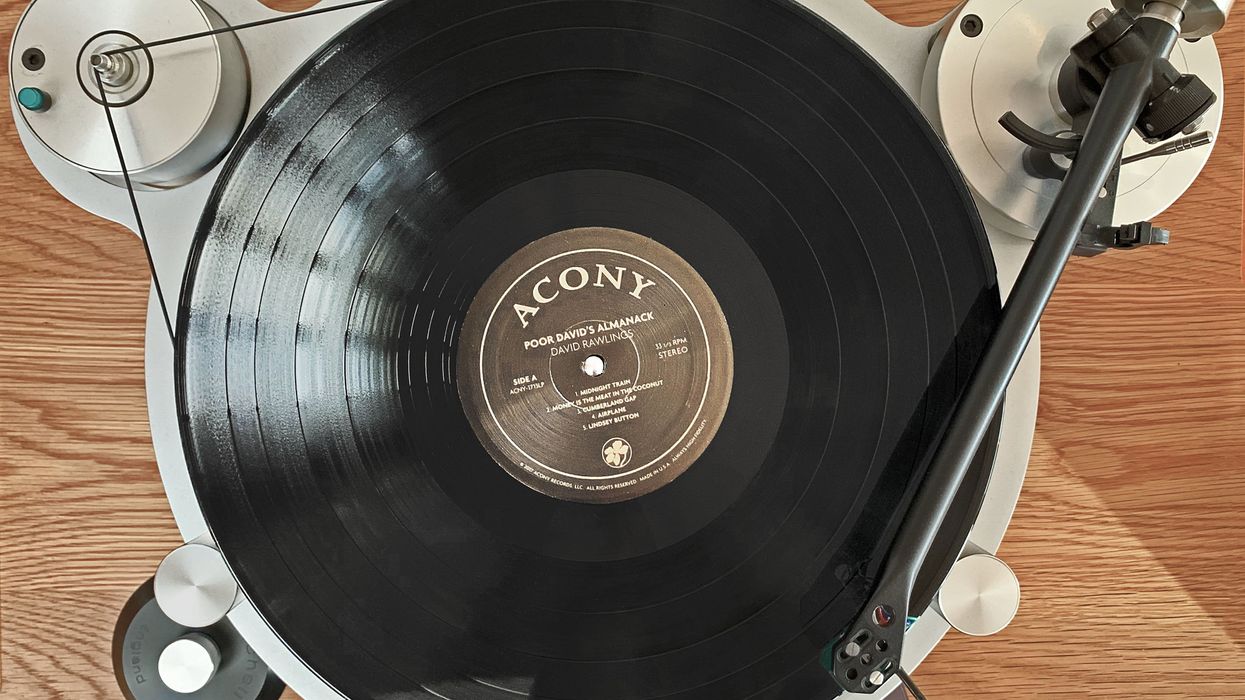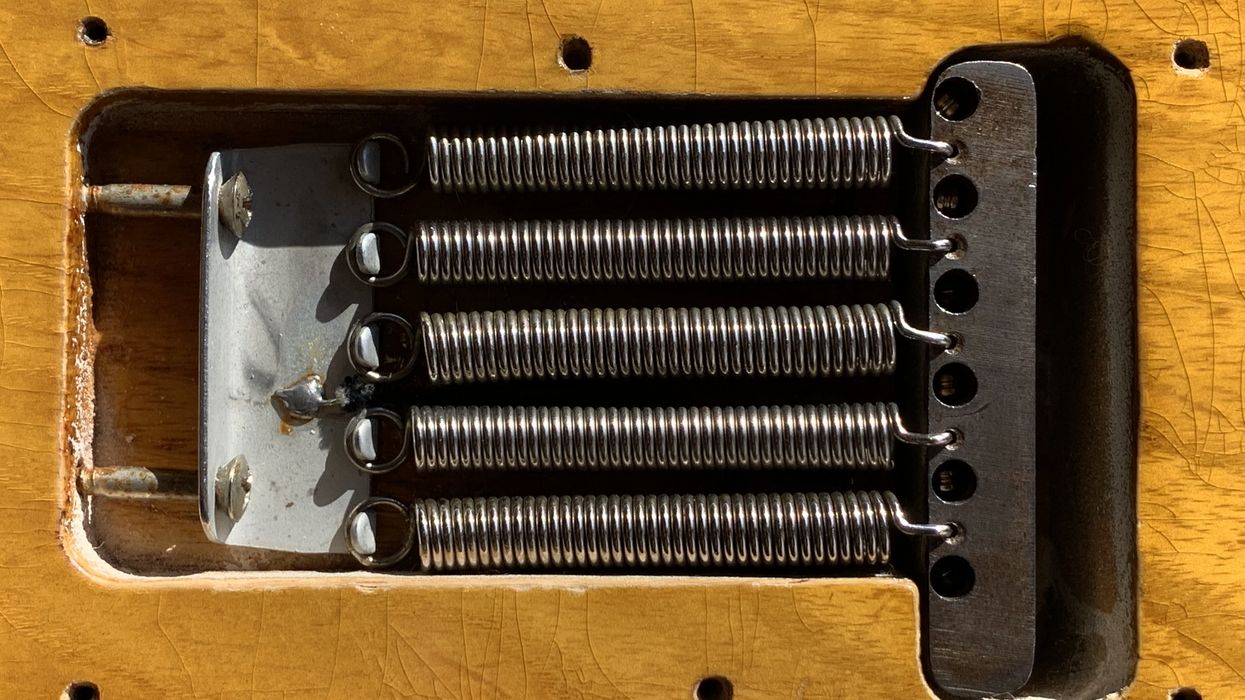I have a love-hate relationship with acoustic guitars. My infatuation with the 6-string really blasted off with the Ventures. That’s the sound I wanted, and the way to get it was powered by electricity. Before I’d even held a guitar, I knew I wanted a Mosrite, which I was sure was made of fiberglass like the surfboards the Beach Boys, Surfaris, and the Challengers rode in their off time. Bristling with space-age switchgear and chrome-plated hardware, those solidbody hotrod guitars were the fighter jets of my musical dreams. I didn’t even know what those old-timey round-hole guitars were called. As the singing cowboys Roy Rogers and Gene Autrey strummed off into the sunset, the pace of technology pushed the look and sound of the electric guitar (and bass) into the limelight and into my heart. Imagine my disappointment when I had to begin my guitar tutelage on a rented Gibson “student” acoustic. At least it sort of looked like the ones the Beatles occasionally played. Even so, I couldn’t wait to trade it in.
By the late 1960s, everybody had to have an acoustic guitar. America's youth had gone through the Greenwich Village folk boom and entered the West Coast Laurel Canyon scene. Young women who wanted to be Joni Mitchell and Neil Young-inspired men floated on down to local musical instrument emporiums to pick out their badge of artistry. In Europe, folkies blended traditional troubadour tunes with blues and rock, creating a genre that survives to this day. The most fuzzed-out psychedelic combos proudly displayed their introspective acoustic side. Everybody had an acoustic guitar. Of course, country music never forgot. Except for a short interlude of microphone-hugging country crooners, Nashville kept the strum going.
So, what makes the acoustic guitar so indefatigable? First and foremost is the beauty of its sound. Like the violin or the piano, the unadorned guitar has a purity of sound and purpose that is moving in a way electronic instruments are not. In concert, the connection between the musician and the sound the audience hears is undeniable. It’s a tightrope walk, where technology cannot fool the listener. The fewer links in the chain, the closer the bond between performer and patron—and that’s the experience people crave.d
Before you write off the seemingly fragile, hollow-bodied cowpoke guitar as the electric’s poorer cousin, think again.
Another more practical aspect is portability. Although buskers have more recently turned to elaborate amplifier and looper setups for street concerts, not much beats a great singer accompanied by an acoustic guitar. Certainly, I can’t imagine dragging an amp and a synthesizer down to the beach to jam some Bill Evans while friends roast s’mores. Okay, maybe. But the simplicity of a naked guitar in a dorm hallway or in a coffee shop can be a refreshing break from the relentless attack of electronic pop culture. In a world of autotune, backing tracks, and the layered-to-death ambush of modern music, a fingerpicked guitar is like a walk in the woods on a spring day. The fact that it can be easily taken anywhere makes it the instrument of choice for so many.
Another strong argument for the acoustic axe is its supremacy as an accompanist. Being a singer-songwriter doesn’t leave a lot of viable options. Although Chet Baker managed a career as a crooning trumpeter, playing a horn while vocalizing requires additional backup. Singing while playing the violin isn’t much easier. The piano is probably the most versatile sounding accompanist, but as much as I like Diana Krall, Ray Charles, and Elton John, their instrument of choice forces them to bring the party to the piano, not the other way around. You can argue that the electric guitar is a contender. Unfortunately, the slight portability downside of needing an amp and its tendency to drown out vocals makes it the second choice, whereas the acoustic guitar checks all the right boxes.
This all isn’t to say that an acoustic guitar lacks the ability to deliver impressive soloing performance. Some of the most inspiring and emotionally vibrant instrumental music is delivered on acoustics. The roster of players currently burning up the fretboard in every genre is immense—possibly the most in history. The acoustic guitar’s forte is to bring passionate and thoughtful melody to any song. This secret weapon has been applied to recordings from artists as diverse as the Beatles, Kiss, and Dream Theater. In the rhythm department, the acoustic steel string has been responsible for the foundational power of the Who, Alice in Chains, Pink Floyd, Guns N’ Roses, and countless other “heavy” bands.
So before you write off the seemingly fragile, hollow-bodied, cowpoke acoustic guitar as the electric’s poorer cousin, think again. They might not be as loud, or as flashy, but they pack an emotional wallop that often flies under the radar. Many decades down the line, I wish I’d paid more attention to what that first student guitar had to offer me. Maybe I’d have kept it, too



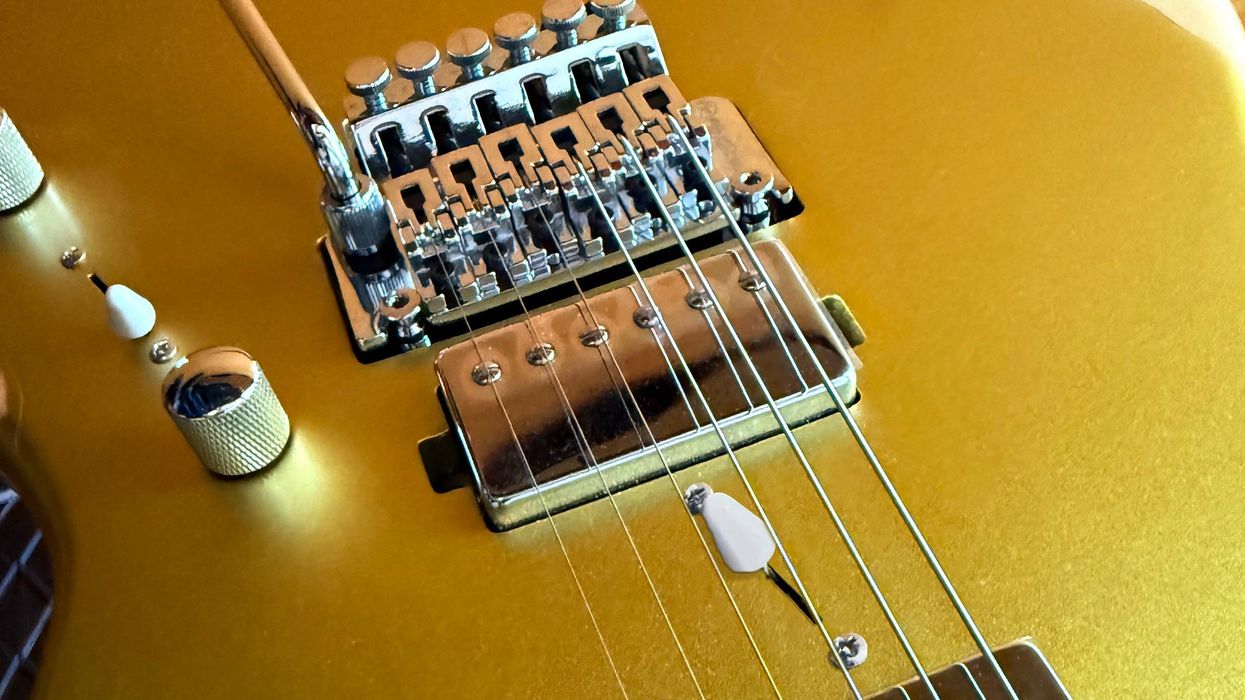
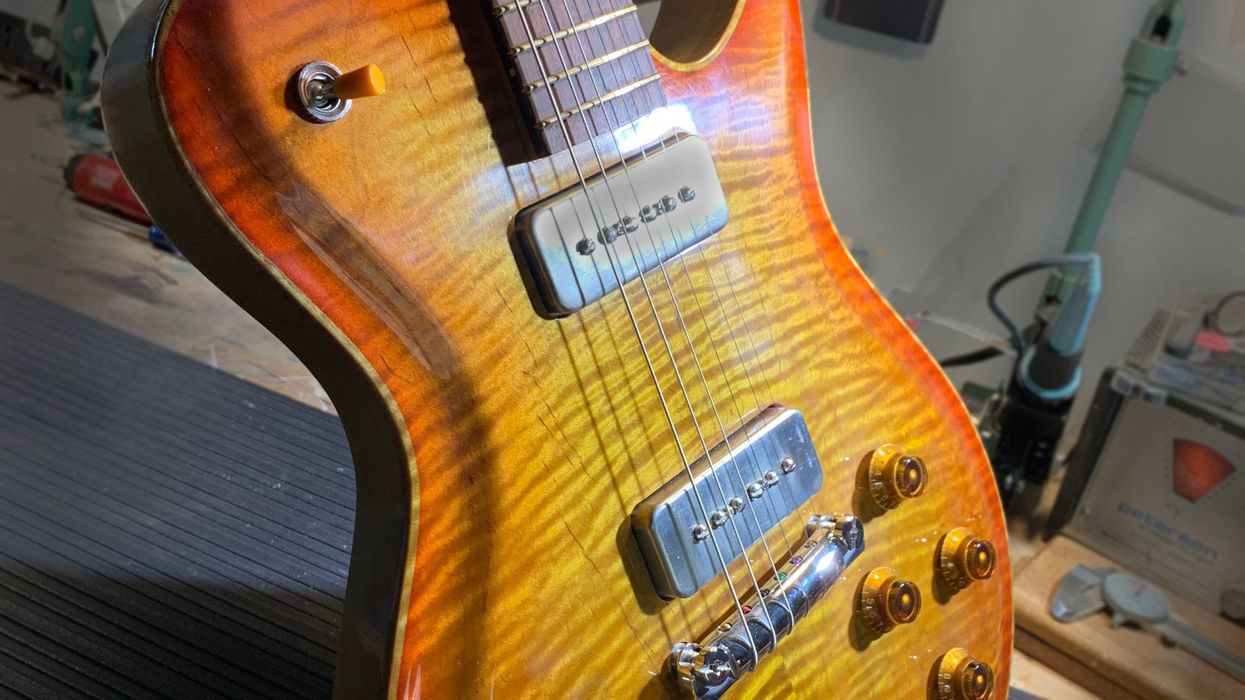
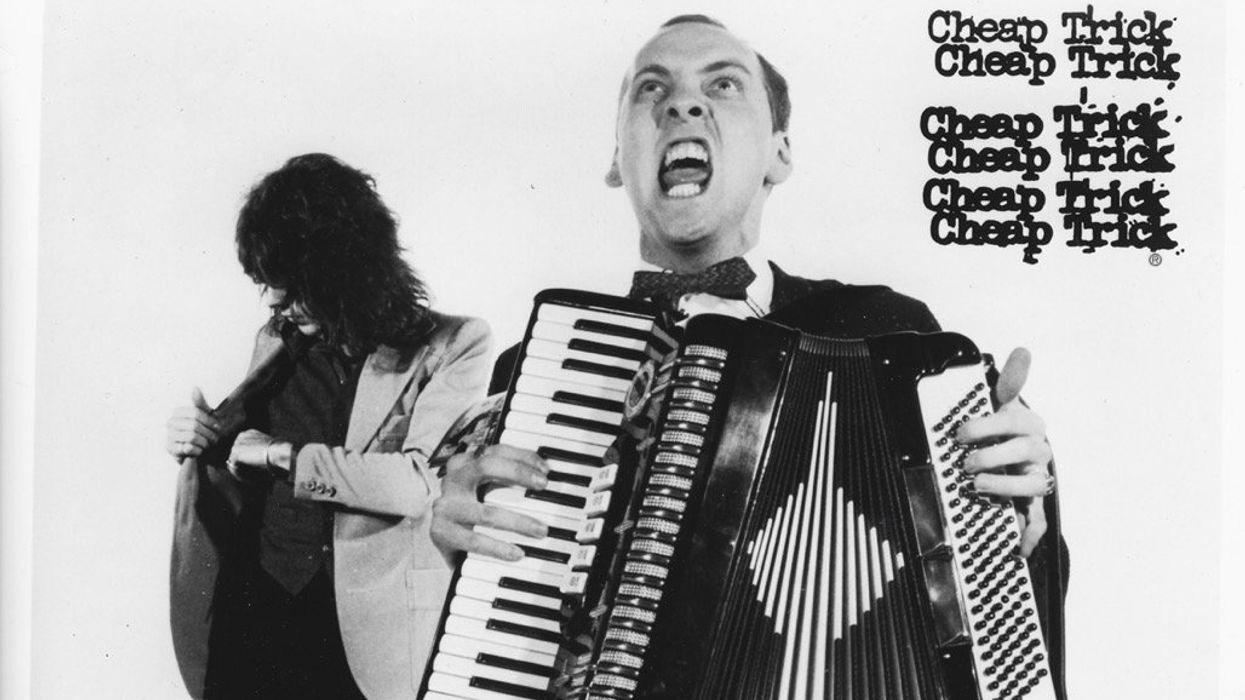
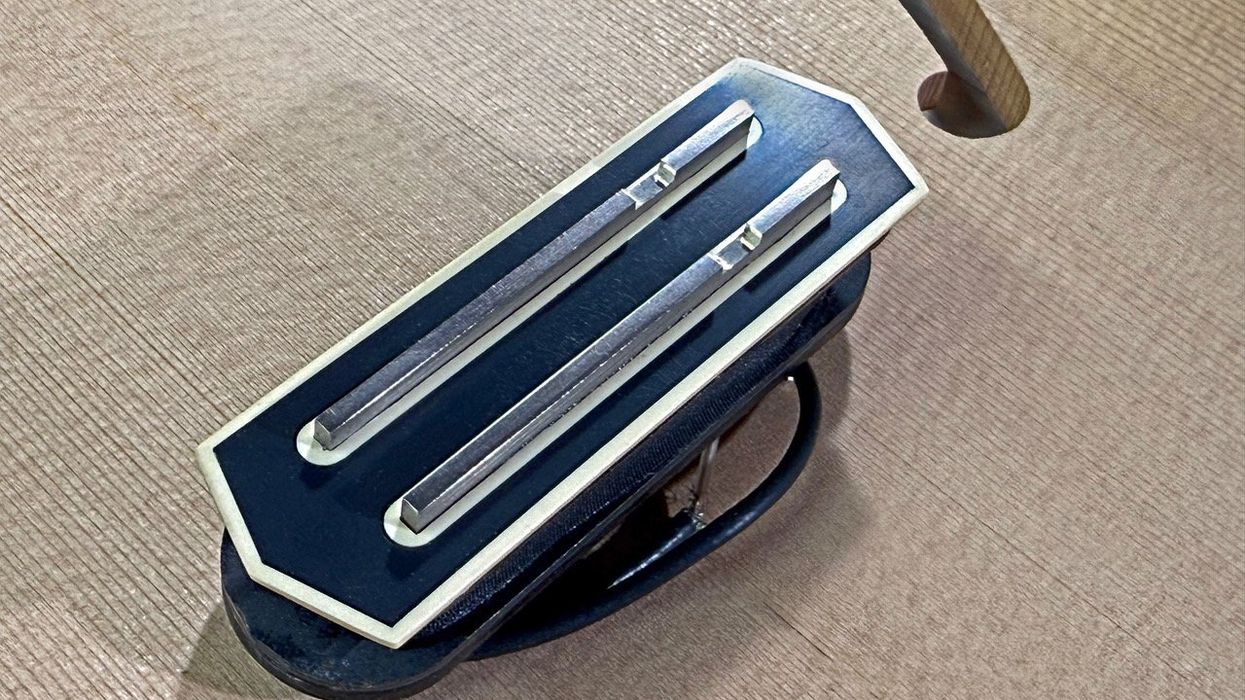
![Devon Eisenbarger [Katy Perry] Rig Rundown](https://www.premierguitar.com/media-library/youtube.jpg?id=61774583&width=1245&height=700&quality=70&coordinates=0%2C0%2C0%2C0)






